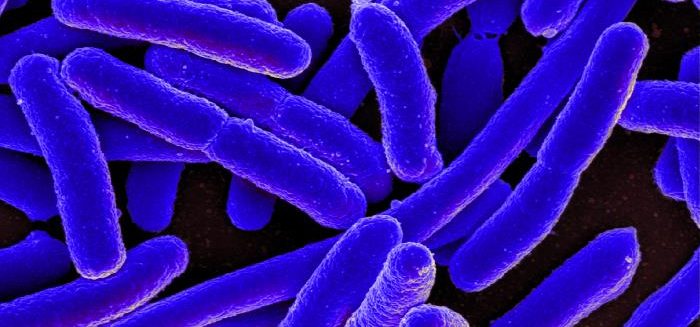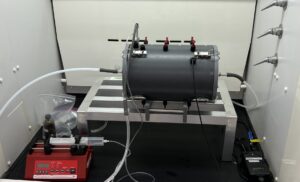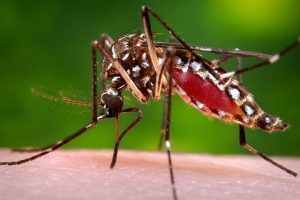Ubah CS, Pokhrel LR, Williams JE, Akula SM, Richards SL, Kearney GD and Williams A (2024). Antibacterial efficacy, mode of action, and safety of a novel nano-antibiotic against antibiotic-resistant Escherichia coli strains. Science of the Total Environment 925: 171675. doi:10.1016/j.scitotenv.2024.171675
Abstract
Globally rising antibiotic-resistant (AR) and multi-drug resistant (MDR) bacterial infections are of public health concern due to treatment failure with current antibiotics. Enterobacteria, particularly Escherichia coli, cause infections of surgical wound, bloodstream, and urinary tract, including pneumonia and sepsis. Herein, we tested in vitro antibacterial efficacy, mode of action (MoA), and safety of novel amino-functionalized silver nanoparticles (NH2–AgNP) against the AR bacteria. Two AR E. coli strains (i.e., ampicillin- and kanamycin-resistant E. coli), including a susceptible strain of E. coli DH5α, were tested for susceptibility to NH2–AgNP using Kirby-Bauer disk diffusion and standard growth assays. Dynamic light scattering (DLS) was used to determine cell debris and relative conductance was used as a measure of cell leakage, and results were confirmed with transmission electron microscopy (TEM). Multiple oxidative stress assays were used for in vitro safety evaluation of NH2–AgNP in human lung epithelial cells. Results showed that ampicillin and kanamycin did not inhibit growth in either AR bacterial strain with doses up to 160 μg/mL tested. NH2–AgNP exhibited broad-spectrum bactericidal activity, inhibiting the growth of all three bacterial strains at doses ≥1 μg/mL. DLS and TEM revealed cell debris formation and cell leakage upon NH2–AgNP treatment, suggesting two possible MoAs: electrostatic interactions followed by cell wall damage. Safety evaluation revealed NH2–AgNP as noncytotoxic and antioxidative to human lung epithelial cells. Taken together, these results suggest that NH2–AgNP may serve as an effective and safer bactericidal therapy against AR bacterial infections compared to common antibiotics.
Photo source: CDC Public Health Image Library




